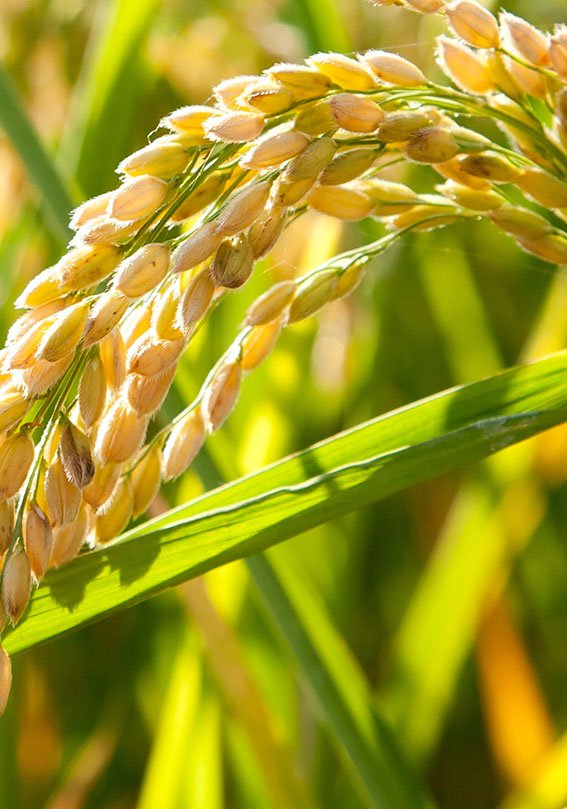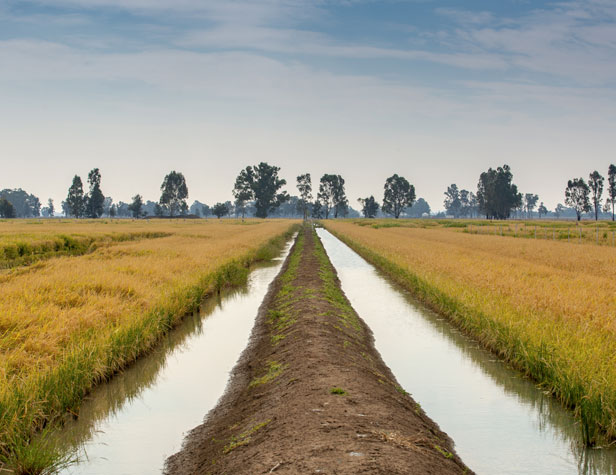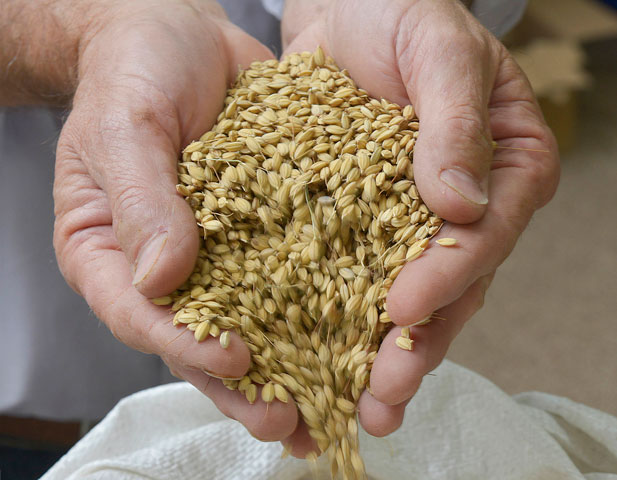
Rice
cropping
Rice

-
Output $24m est. Down 90% yoy
-
Production down 92% yoy
-
Yield remained high at 13.5 tonnes per hectare

The low availability and rising price of irrigation water were ongoing concerns for growers throughout the season and resulted in the lowest area planted since 2007–08 at only 4,000 hectares. Despite this, export demand remained robust, with stocks from a number of strong growing years available to the market.
Production
Rising irrigation costs and low water allocation in the Murray Valley and Murrumbidgee Irrigation Area saw a 93% year-on-year decrease in area planted to 4,000 hectares – the lowest area planted since 2007–08 during the Millennium drought. Production was just 54,000 tonnes, a 91% year-on-year drop6. The significantly reduced production placed upward pressure on prices locally.
Despite low production, Australian rice yields remain among the highest in the world46.
Production and yield
- Production
- Yield

Price
Prices were up significantly year-on-year to $454 per tonne, a 17% increase5.
Following positive trading conditions in December 2018, growers received an additional payment of $25 per tonne for all varieties delivered in the 2018 crop year. The adjusted pool price range for medium grain variety Reiziq was between $385 and $410 per tonne84.
Fixed price contracts for rice harvested in 2019 were offered at $500 per tonne for medium grain Reiziq and up to $650 per tonne for the specialty variety Koshihikari on a ‘hectares planted’ basis136. SunRice, built by the Australian rice industry, moved from a listing on the NSX to the ASX in April 2019 following the approval of shareholders. The listing provides SunRice with better access to equity capital with the aim of increasing paddy prices for rice growers and driving shareholder value137.
Trade and Macroeconomic Conditions
Global rice stocks increased 6% during 2018–19 with China accounting for the majority145. Both global consumption and production increased year-on-year with consumption increasing at a greater rate than production for the first time since 2013–14.
As medium grain exporters, both Australia (due to low supply) and Egypt have faded from the market, while China has emerged as a major rice exporter as it seeks to sell off excess supplies. China’s medium grain exports have entered markets that were previously importing from the US and Australia. Prices are a significant motivation; while US medium grain is at a premium at $925 per ton, Chinese medium grain prices are half of that145, 146.
In 2018, Australia and 10 other countries signed the Comprehensive and Progressive Agreement for Trans-Pacific Partnership (CPTPP). A free trade agreement, the CPTPP benefits Australian producers through tariff reductions and new market access. This includes access for rice products into Japan for the first time in 20 years172.
Global rice supply, consumption & ending stocks
- Ending stocks
- Production
- Consumption
Outlook
Australian rice exports are expected to drop further, as continued drought conditions and poor water availability will reduce supplies for the 2019–20 season. Traditionally a significant medium-grain exporter in strong production years, Australia is forecast to be a net importer for the coming year147.
Global rice production is also expected to fall in 2019–20, with adverse weather conditions affecting planting and yields in the US, North Korea and Thailand147.



